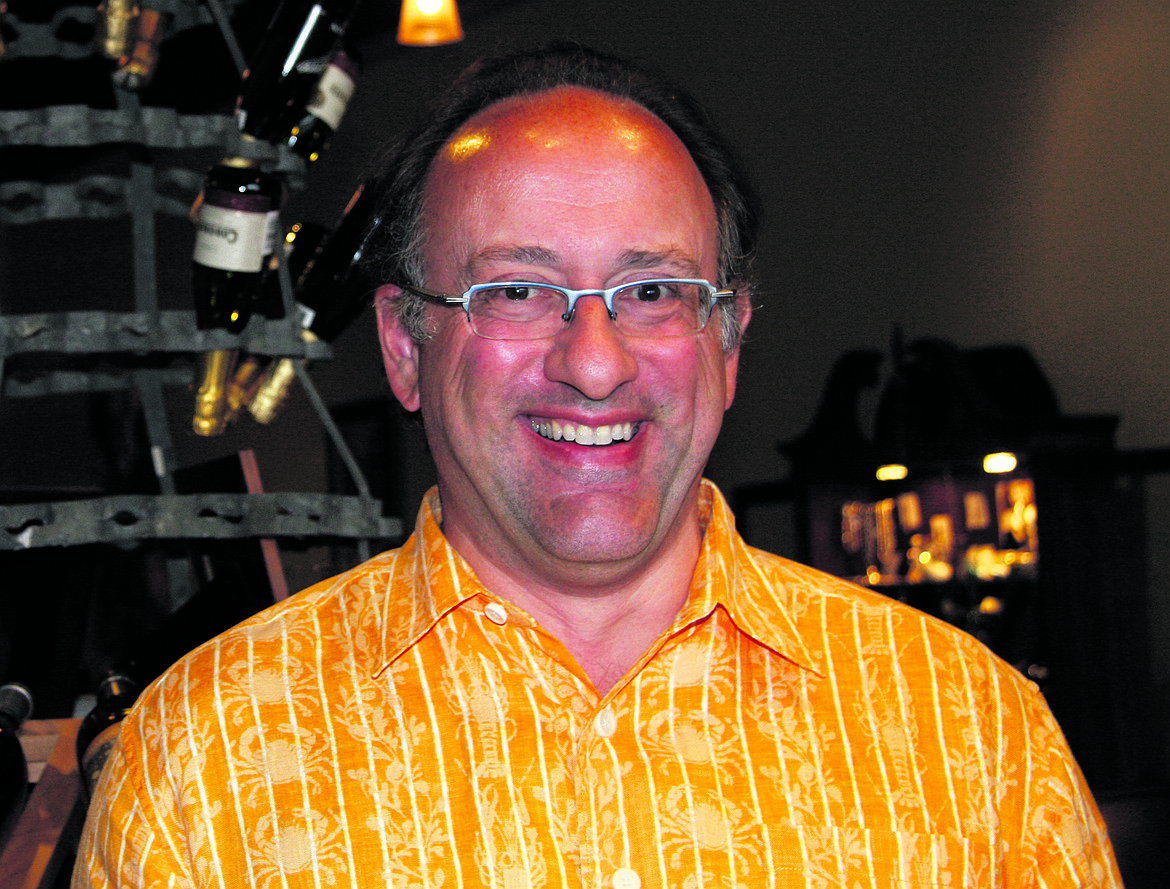ADVERTISING: Advertorial — Varietal reemergence
GEORGE BALLING/the dinner party | Coeur d'Alene Press | UPDATED 2 years, 11 months AGO
For many recent years we have gone through a winemaking trend that ultimately is not really good for wineries or wine consumers. That trend was the headlong rush to make every wine a blend foregoing true varietal wines. It was blending for blending sake, resulting in wines from any given winery or even between wineries becoming indistinguishable from each other. Pretty quickly all the wines that were being blended took on a sameness, just soft round juicy wines with no varietal character.
We are not talking about the great wines from Bordeaux and the Rhone Valley in France or those made on the Bolgheri Coast in Italy. Wines from these regions and others have been blended for centuries, it is the true character of wines from these old-world regions to include the varietals that all grow there together. You could and should include many new world wines in this same category. The great field blend Zinfandel wines crafted by Paul Draper and Ridge Vineyards come to mind. Pagani Ranch, Lytton Spring and Geyserville bottlings from Ridge have always been blended from the varietals that grow in those historic vineyards. There are other domestic wines that are made this way, and they are some of the great wines from anywhere.
Recently though we have started to see this blending trend reverse. We are thankful to see varietal wines reemerge. We fully understand there are times and circumstances when winemakers need to blend based on what each vintage has to offer. Blending of this type helps to accentuate the best any year has to offer or to mitigate the shortcomings from any crop, it is part of the art of winemaking. Winemakers now though are working more diligently to keep the main varietal above the 75% threshold they need to label the wine with that main varietal. A good trend that should be celebrated for sure.
Varietal wines in both white and red are important if for no other reason than allowing the varietal character each grape has to offer to shine through. We want to put our nose in a glass of Cabernet Franc and inhale that true “franc-esq” dustiness, the slightly floral character and vibrant blue fruit notes. There is nothing better than the slightly meaty and savory character delivered by a really wonderful glass of varietal Syrah, or the bright Bing cherry and mild earthy notes of Pinot Noir. This is what makes wine, wine to all of us as wine consumers, without true varietal character what is the point of having many different wine types and wine styles? How do we determine in the absence of these individual wine profiles what to drink with a particular meal or based on what we feel like tasting on any particular evening? If all the wines are just going to be a red blend haven’t, we taken that choice of what to drink out of the hands of wine consumers and placed it with winemakers and brand developers?
We further recognize that there are some varietals that are not meant to be made into their own wine. Those that are simply too tannic, too fruity, or too low in juice production to be made on their own, they have been cultivated and grown to be used in conjunction with other grapes to enhance that character, but here and there in small enough quantities and limited combinations to still allow varietal labeling and ensuring varietal flavors dominate the wine.
There is little doubt that the ubiquitous red and white blends will continue to be made, and there will continue to be a market for them. Even the most hardened wine professional will want a blend from time to time. Let’s make less of them though. We should allow the truly lovely blends stand out on their own as opposed to being buried in the landslide of blended wines that are blended for blending’s sake. Look to Bordeaux, the Rhone, Bolgheri, Piedmont or to Ridge vineyards among others when you are craving a really great blend as opposed to pondering countless choices of blended wines with no sense of place or heritage that you couldn’t tell one from the other in a blind tasting.
We will always come down on the side of giving winemakers full artistic license to produce wines they feel are the best representation of what they are aiming for. Winemakers and winery owners though are human and like all of us they fall into a trend trap from time to time. We are thrilled to see many of them emerging from this trend and allowing individual grape varietals the opportunity to reemerge as well.
• • •
George Balling is co-owner with his wife, Mary Lancaster, of the dinner party, a wine and gift shop in Coeur d’Alene by Costco. The dinner party has won the award for best wine shop in North Idaho twice, including for 2018.
George is also published in several other publications around the country. After working in wineries in California and judging many wine competitions, he moved to Coeur d’Alene with Mary more than 10 years ago to open the shop.
You can also follow us on Facebook at facebook.com/#!/dinnerpartyshop.

